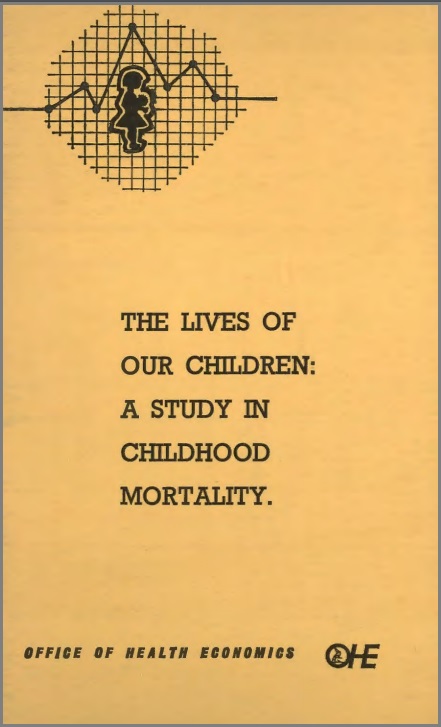Unlocking the Value of Combination Therapies

In the early 1930’s, 27,000 children died each year. By 1960, the number had fallen to 5,000. Over 380,000 people now alive would have died in childhood if the death rates of the early thirties had not improved. This study describes the recent achievements in the saving of child life, …
In the early 1930’s, 27,000 children died each year. By 1960, the number had fallen to 5,000. Over 380,000 people now alive would have died in childhood if the death rates of the early thirties had not improved. This study describes the recent achievements in the saving of child life, concentrating upon the rapid improvement in the past thirty years. From the late 1930’s, childhood mortality has declined faster than ever before, and this dramatic improvement over the long-term trend of slowly diminishing mortality can account for half the substantial saving of young lives.
The study first reviews the general picture; it indicates the contributions of the medical profession and the role of social and biological factors; it illustrates the importance of drugs in those diseases where mortality has fallen most dramatically; and finally, it evaluates some of the social and economic gains from this reduction in child death rates.
The study concerns death in children between the first and fifteenth birthdays. It excludes consideration of infant mortality (death before the first birthday), where great advances have also been achieved and which requires a separate study.
Lives of Our Children: a Study in Childhood Mortality
